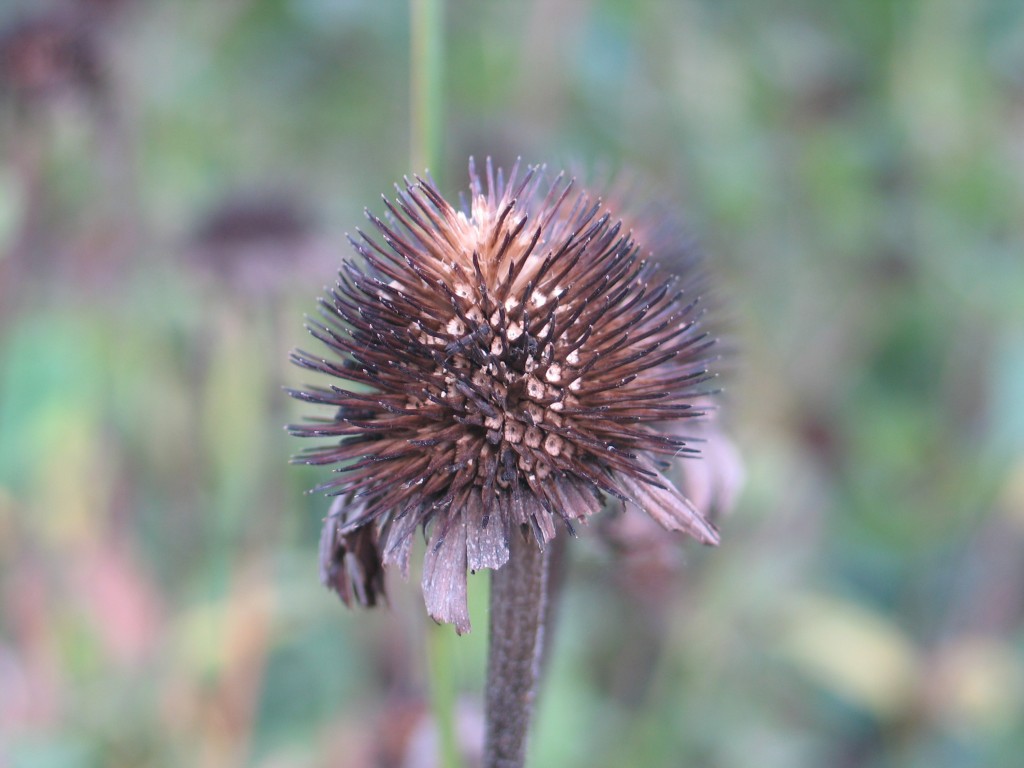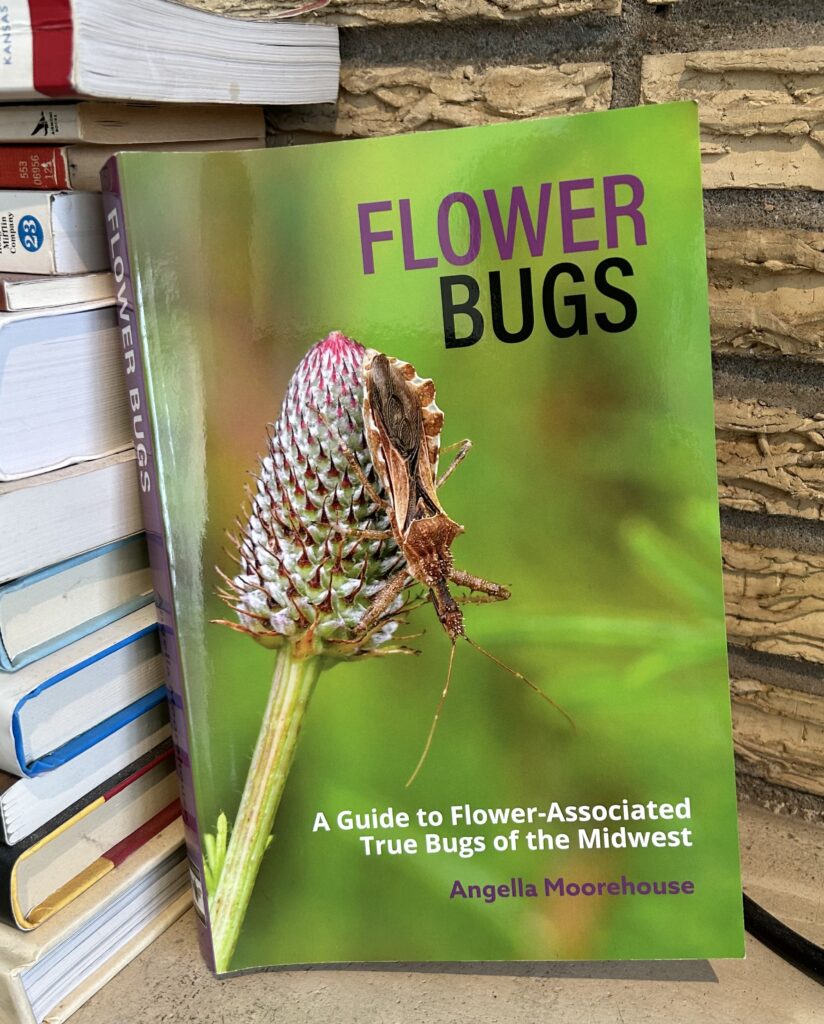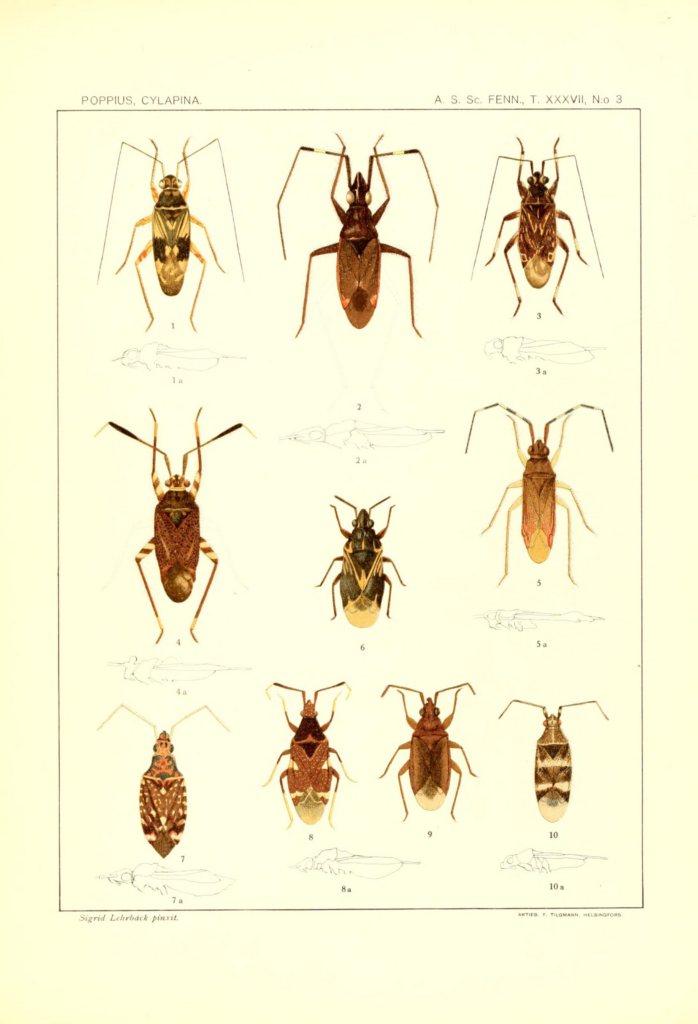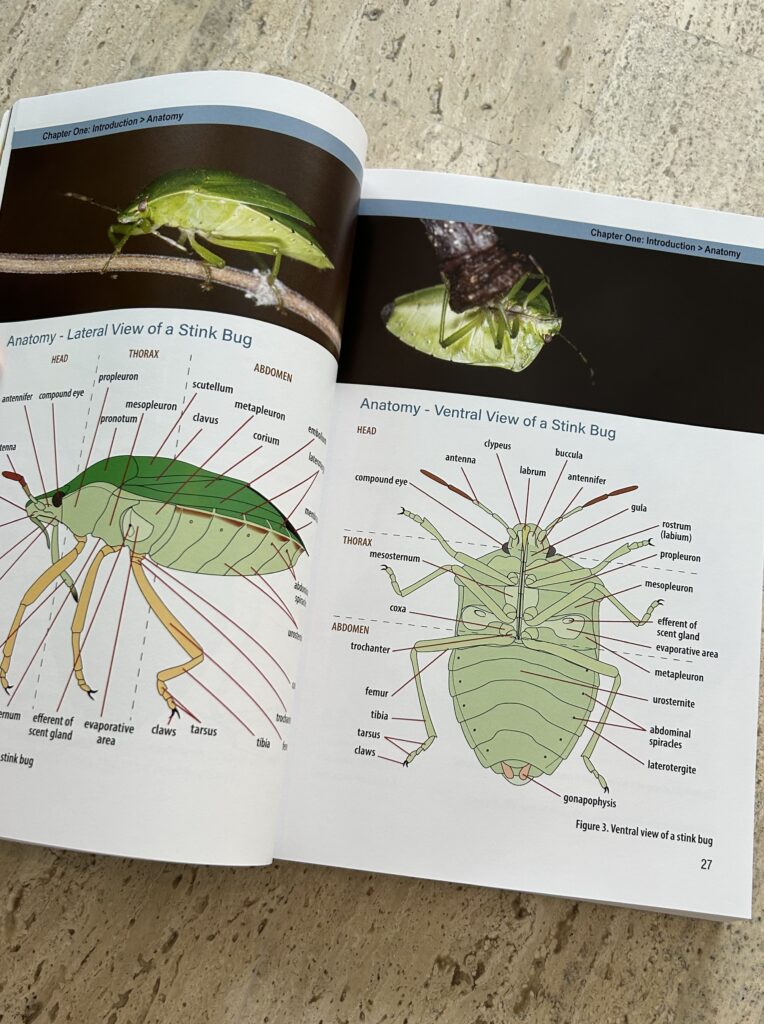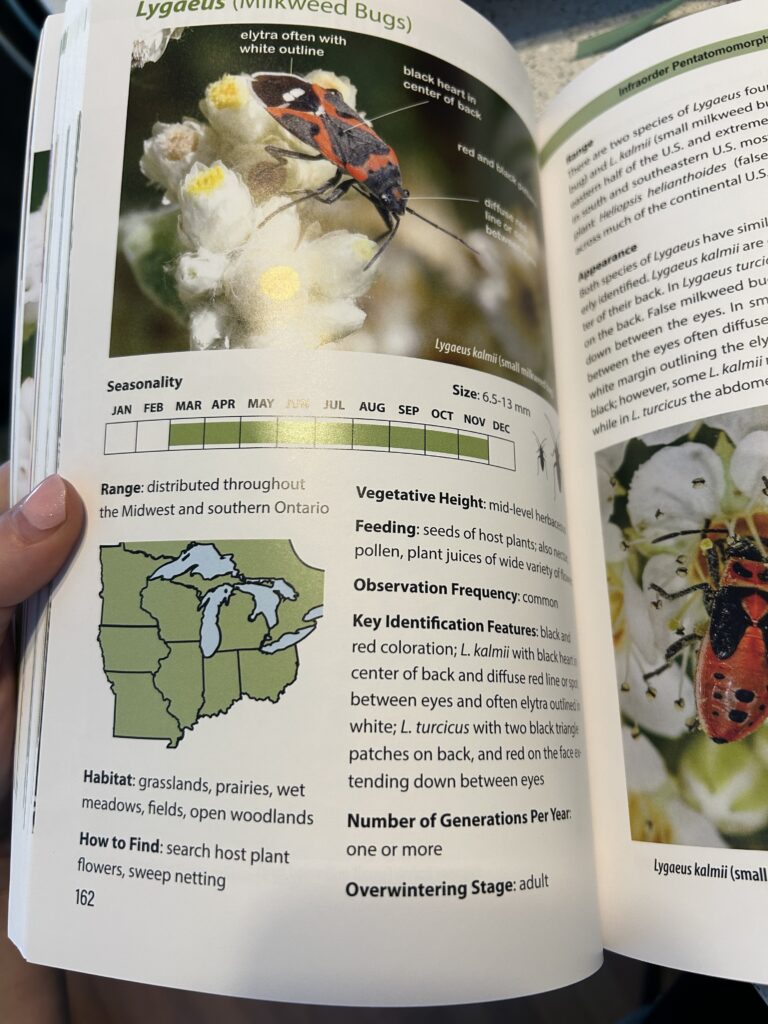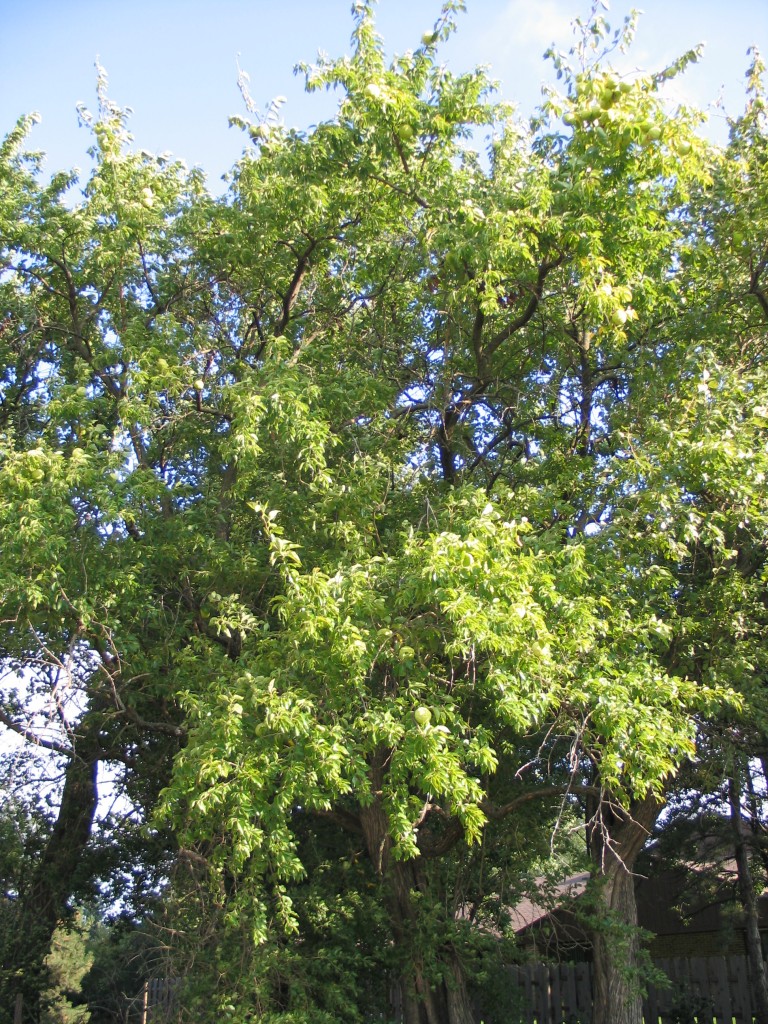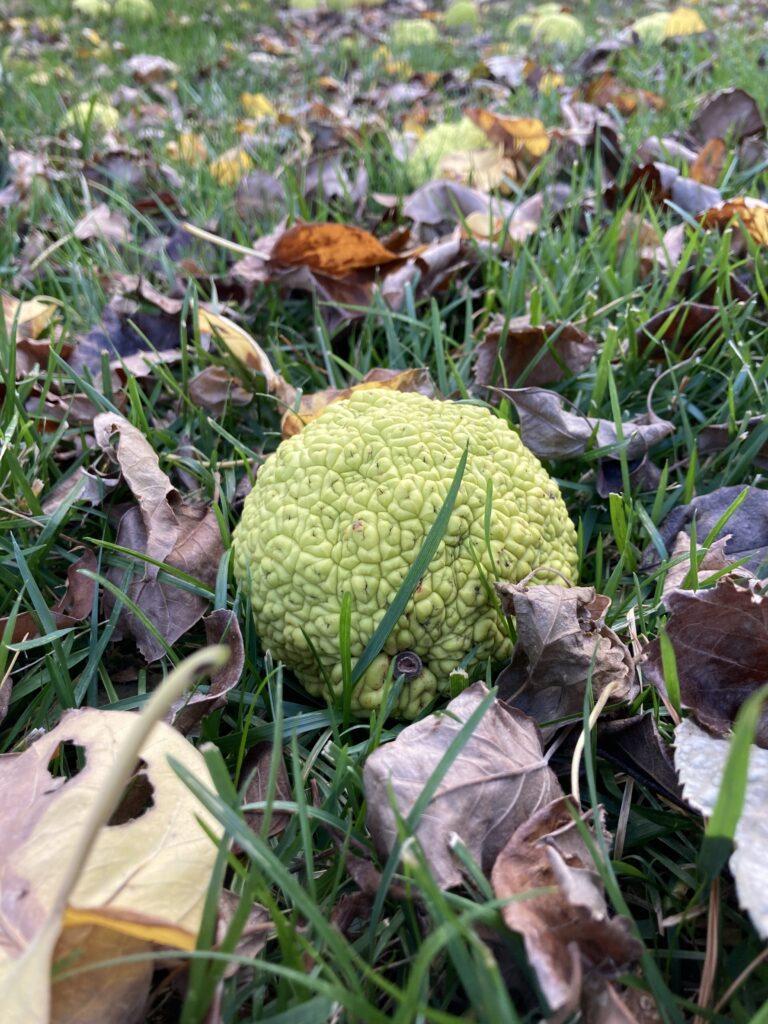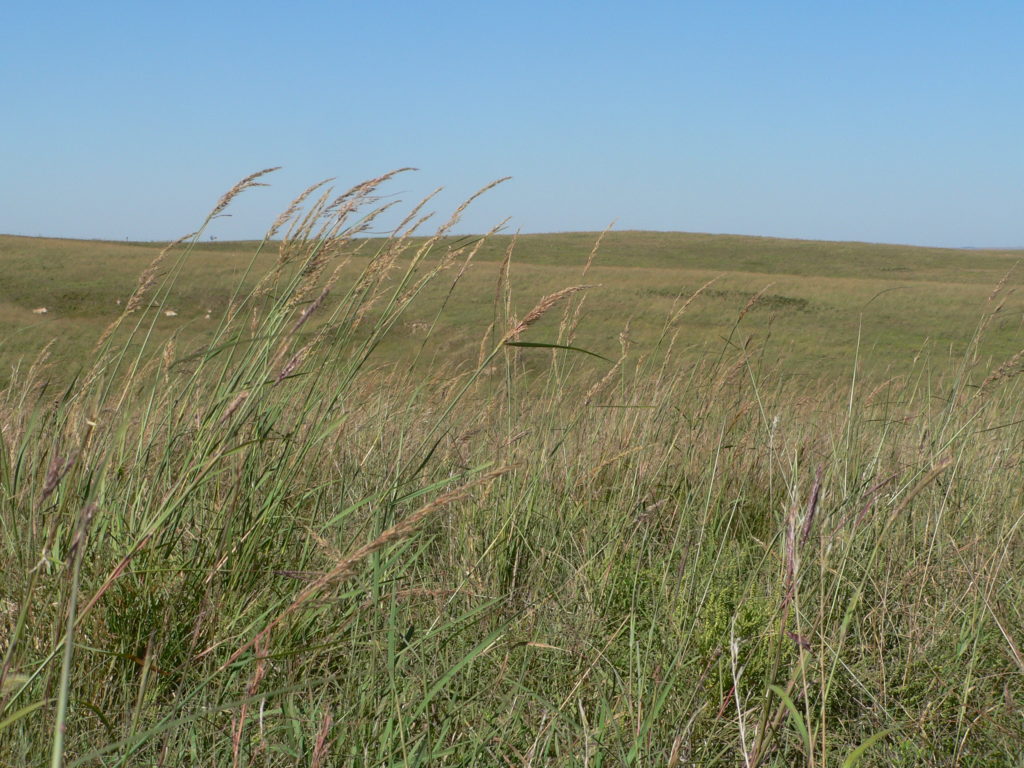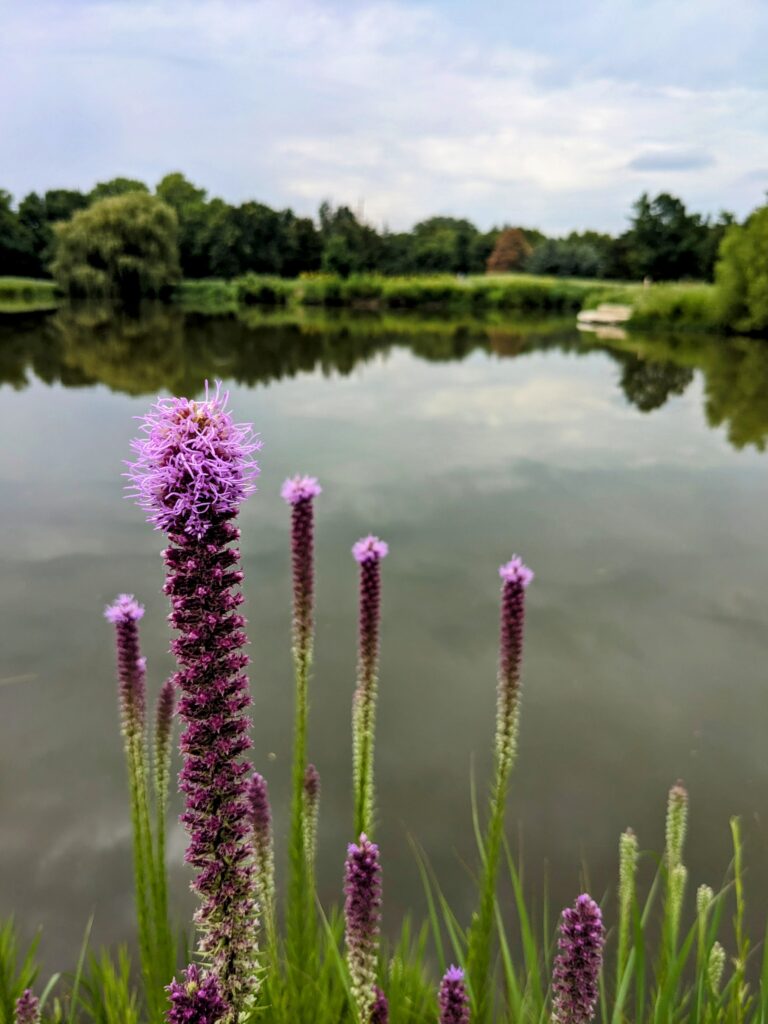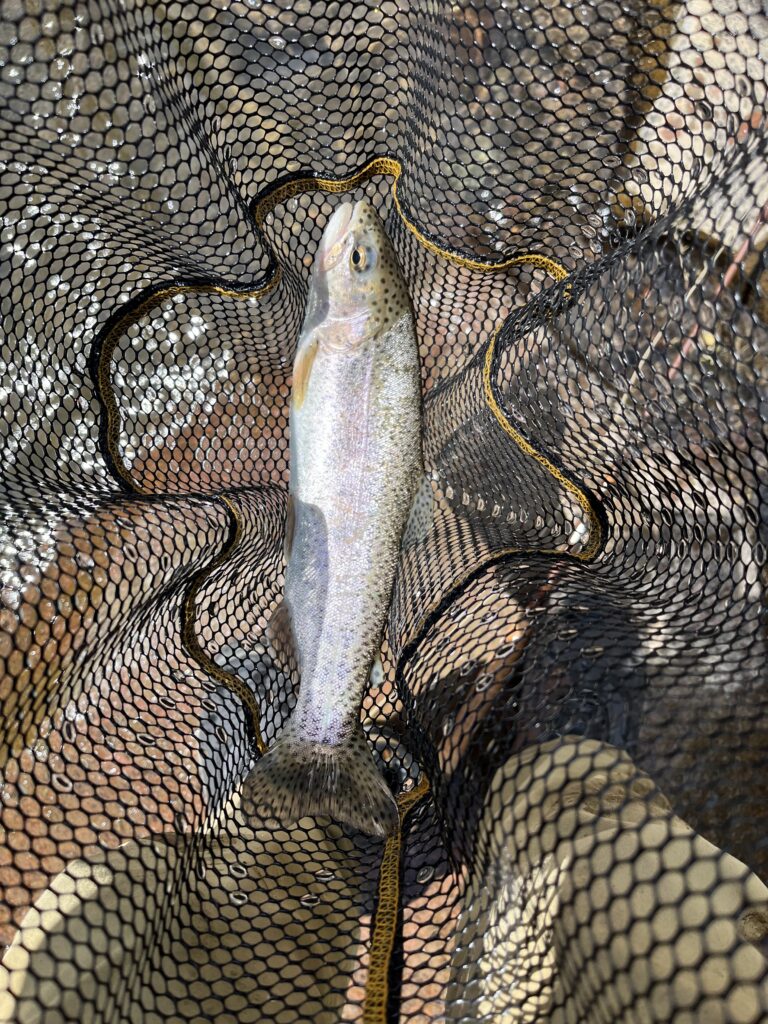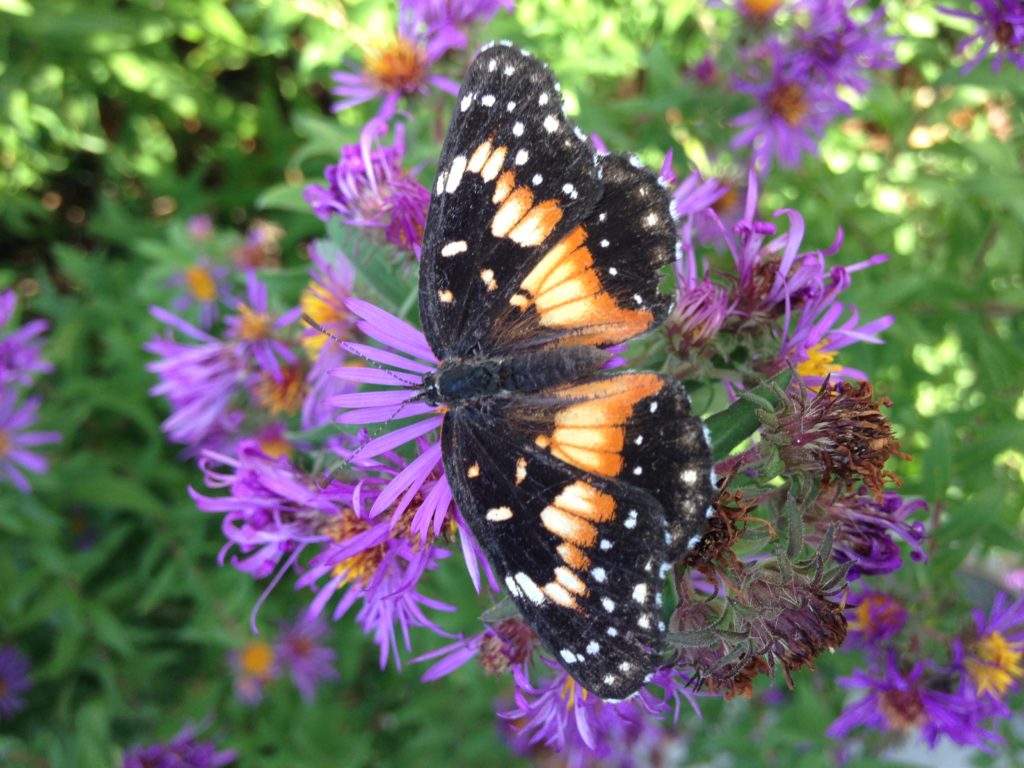This winter has been one of the harshest Kansas has had in quite some time. Plants and animals have been tested with extreme cold, frozen soils and snow. It’s incredible to imagine that anything can endure these conditions. Over the past few weeks, I have watched the birds find food where they can. They are relentless in their pursuit of seeds and berries. After all, their lives depend on them.
Selecting plants that attract wildlife – including birds – to your garden is an important horticulture trend. The key to increasing wildlife diversity in your landscape is having as many different habitats and food sources as possible. Fruiting trees and shrubs provide food and shelter during these cold periods for wildlife. Leaving these sheltering spots, birds can find seeds from wildflowers and grasses during the day.
Here are several trees, shrubs and perennials that I have observed birds scavenging for food on over the past few weeks. They provide great winter food for birds.
Rusty Blackhaw Viburnum (Viburnum rufidulum)
This large shrub or small tree (20 feet high by 20 feet wide) can be found in eastern Kansas. It has creamy-white flowers in April and May followed by blue-black fruit in September. These fruits persist on the tree into winter, but are devoured quickly with the first snowfall. Buds are a rusty color that open to glossy green leaves and turn a beautiful reddish-purple in the fall. It is a very under used plant that provides excellent winter food for birds.
Blackhaw Viburnum (Viburnum prunifolium)
Blackhaw viburnum is the other native viburnum to Kansas that has abundant small prune-like fruit in the fall. With a mature height of 12 to 15 feet and a spread of 8 to 12 feet it is slightly smaller than Rusty Blackhaw Viburnum. In spring, it is covered with cymes that are 2 to 4 inches in diameter. The dark green leaves provide consistent fall color of red, yellow and orange.
Possumhaw (Ilex decidua)
Possumhaw is the only holly native to the Great Plains. It can grow to be 15 feet tall and wide. Branching is often dense and after leaf drop the round red fruit are revealed. The shrub is a heavy producer of fruits that are persistent into the winter months. When snow and sleet cover their regular food, birds flock to possumhaw and clean the branches in a short time. Deciduous holly are dioecious, meaning that there are both male and female plants and both are needed in close proximity to each other in order to have fruit set.
Eastern red cedar (Juniperus virginiana)
Eastern red cedar is the only conifer native to Kansas. This is my top recommendation to homeowners looking for an evergreen tree, since there are so many diseases affecting pine trees these days. There are still some nice pines available, but they are not native. This juniper has dark green foliage and can reach over 20 feet tall with a dense conical habit. The dense branches provide excellent cover for birds during the winter. The female trees are often loaded with frosty 1/8 to 1/4 inch diameter cones that provide excellent bird food in the winter.
Eastern red cedar does have one drawback. Bagworms can decimate a tree. Bagworms have been very problematic over the last several years here at the Arboretum, but regular spraying with Bt (a biological insecticide) has been effective for us, especially when the larvae are smaller than ¼ inch. Begin checking for bagworms about the first week of June.
‘Canaertii’ is a female variety with dark green foliage that sets copious blue-green cones and matures to 20-30 feet. This tree has attractive branching architecture. A formal cultivar of Eastern red cedar is ‘Taylor’ which grows to 20 feet tall but only gets three to four foot wide. It too produces cones that birds enjoy.

Bad Bird Feeders – Ornamental Pear Trees
You can’t fault the birds for finding the fruit of pear trees and eating them. The problem is that a tree that was suppose to be sterile now produces so much fruit that it is on the verge of becoming a noxious plant. Do not plant another ornamental pear tree. They are becoming so prolific that they are pushing out desirable native plants.
Perennials as bird feeders
Coneflowers: These cones feed a host of birds including blue jays, cardinals, and goldfinches.
Sunflowers: Our native sunflowers are great sources of food for birds during the winter. Keep in mind that most native sunflowers can be very aggressive in the landscape. I have seen many different kinds of birds this winter working seedheads of Maximillian sunflowers outside my office window.
Rudbeckia: Even though the seeds are smaller than that of other perennials, blackeyed susans attract many different types of birds, including American goldfinch, black-capped chickadee, Northern cardinal, and white-breasted nuthatch.
Native grasses: Big bluestem, Little bluestem, switchgrass, and indiangrass are great food sources for juncos, finches, and many of our native sparrows.




